Affiliate disclosure: This post may contain affiliate links. Please see our Privacy Policy.
Shipova is a unique perennial fruit that’s a cross between the European pear and rowanberry (also known as mountain ash). Though you might assume they’re a new species developed by modern plant breeders, they’ve actually been cultivated in Central and Western Europe for centuries.
The cross creates truly delicious fruit that’s a bit like a crisp Asian pear, but with extreme cold hardiness.
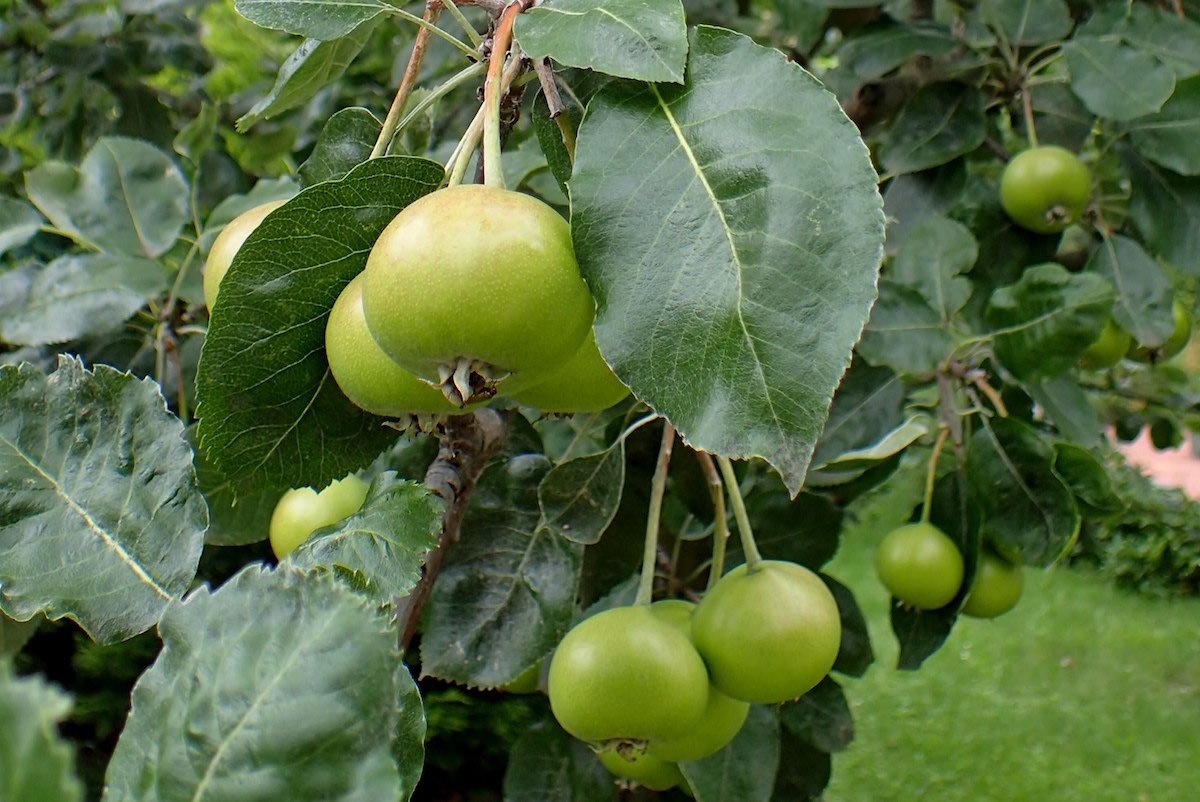
I’m always on the lookout for unique cold-hardy fruit varieties as we work towards supplying a year-round supply of fruit from our home orchard. I came across shipova trees at a number of local nurseries here in Vermont, they piqued my interest.
After a bit of research, I found that they’re not only beautiful but also delicious. While I assumed they were a new hybrid, I found that their cultivation actually goes back to the 1600s. They’re one of many mountain ash hybrids, as the wild trees hybridize readily with other fruiting trees.
What is a Shipova?
The Shipova pear originated in France hundreds of years ago and came to the United States in the 1950s. It’s a rare, intergenic hybrid plant that is technically a cross between two genera – Sorbus and Pyrus.
Mountain ash trees (Sorbus sp.) readily hybridize with apples, pears, medlar, aronia, and hawthorn which results in all manner of unique fruits. One of the tastiest is Shipova, which is a cross with pear. The fruits are firm and crisp, like an Asian pear, but with a tropical sweet flavor that’s not quite like any other fruit.
While Asian pears are not particularly cold hardy, shipova can be grown in cold climates down to zone 3. This means they’re an excellent choice for northern homesteads, and it’s no wonder why they’re so popular in Eastern Europe.
Even if you’re in a warm location, shipova trees are a beautiful addition to any property. The leaves have a silvery color to the underside of the leaves that shines. In the spring, large blooms appear all over the tree with rosy stamens and white petals.
These trees are self-fertile, but some gardeners say that the trees have larger crops when planted near other pear trees.
Standard-sized trees are slow to bear, taking as much as 15 years to bear full crops. That’s not all that different from standard pears and apples, which take 10 years. Dwarf trees shorten the wait time, and some nurseries sell grafted, dwarf Shipova trees now that bear fruits years earlier than traditional trees.
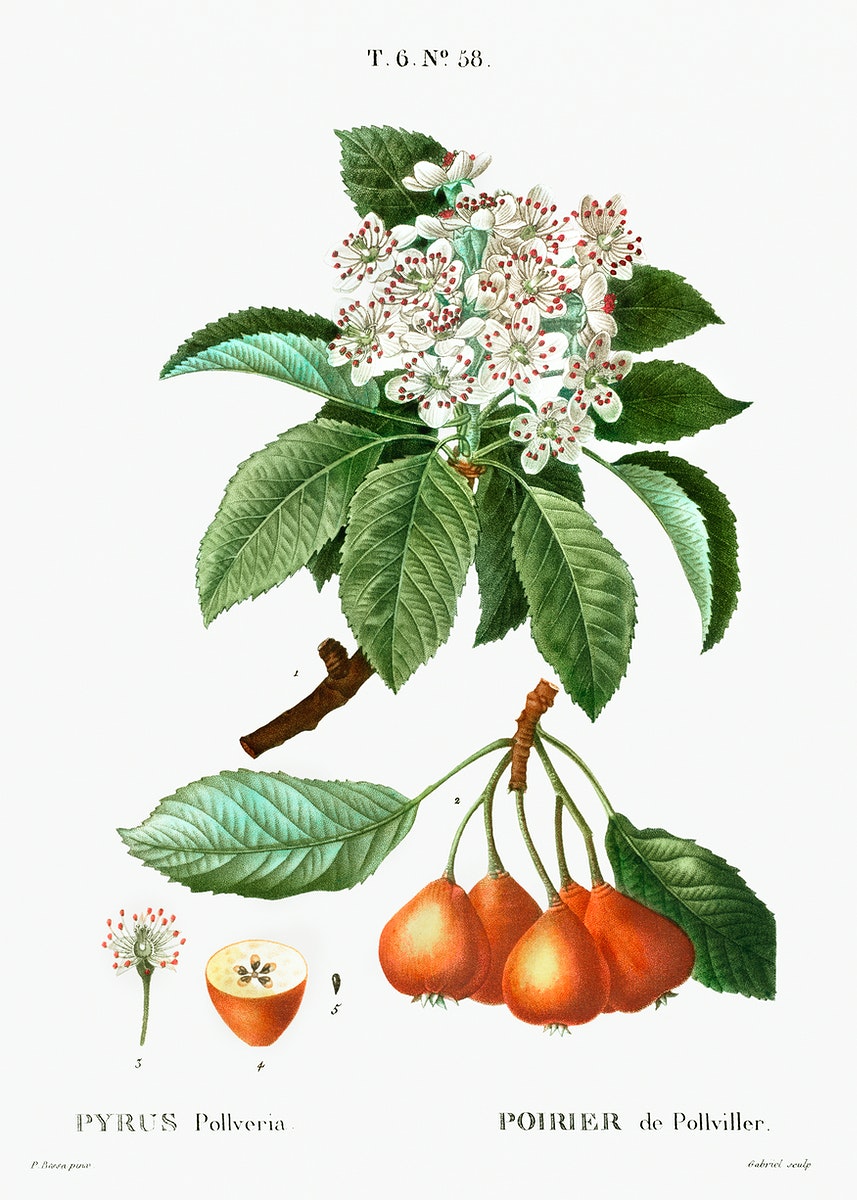
Shipova Hardiness Zones
These pear trees are known for handling cold temperatures well. Some orchards and backyard gardeners grow Shipova trees as far north as Alaska.
Their recommended hardiness zones are USDA 3-9, and some sources say they’re actually hardy even as low as zone 2. That’d mean that shipova is hardy to hardy to -40℉, which covers all of the US and most of Canada.
Zone 9, is in the Desert of southern California, so really, they’re a good choice anywhere.
How to Grow Shipova
The first step to growing Shipova trees is to pick a spot for your tree. They need full sunlight for proper growth, meaning they need 6-8 hours of sun each day. The shade will cause growth reduction and prevent them from bearing fruit.
When picking a location to plant Shipova trees, remember that they reach a mature height of 20 feet. They have a shape similar to a pyramid, so they require little pruning. Make sure the location you select handles a tree this size.
Next, consider the soil requirements for these trees. They prefer fertile, well-drained soil with a soil pH range of around 6.5 for ideal growth. To increase the ground’s nutrients, mix several inches of compost into the hole and the dirt around where you want to plant the tree.
Adding compost to the soil helps to make it more acidic over time as well. 6.5 is considered slightly acidic, so if you need to add acid, try adding one-two inches of sphagnum peat moss into the soil and around your tree.
Like other pear fruit trees, the best time to plant Shipova trees is in the spring when the ground is workable. Dig a hole that is twice the size of the roots’ spread and make sure there is compost at the bottom of the hole. That helps the roots access nutrients immediately.
Hold the tree in place and fill the hole in with the remainder of the soil. Form a small mound of soil around the tree’s trunk and press firmly to keep it in place. Water deeply to help with root formation.
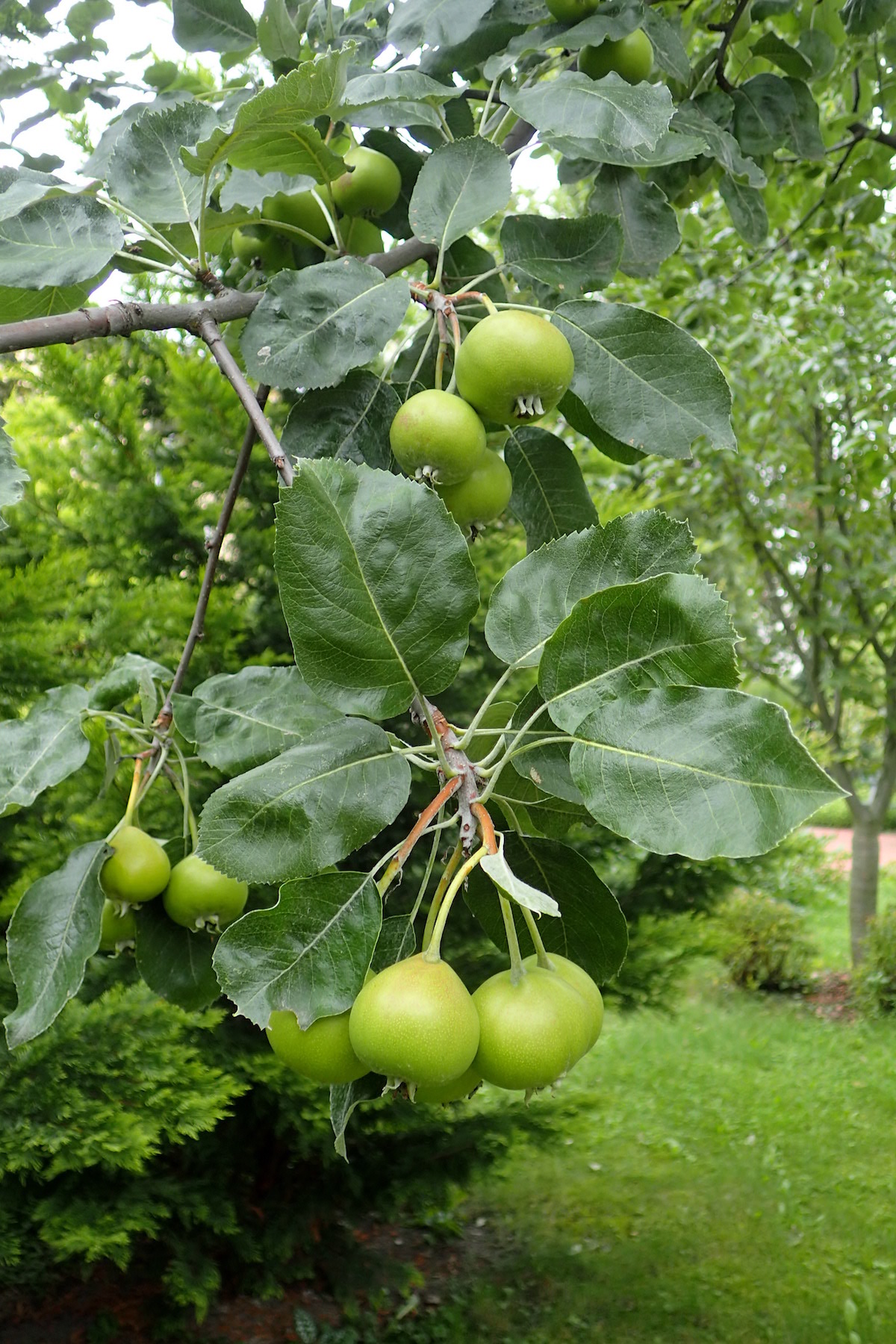
Caring for Your Shipova Tree
Your shipova tree needs the same requirements as other pear fruit trees. Taking care of it won’t be any harder than growing other fruit trees.
It’s essential to keep your young tree well-watered, especially during dry spells, because it helps with root establishment. As the trees get older, they handle fewer watering sessions, depending on rainfall more, but you’ll still need to provide water during droughts.
Adding small amounts of fertilizer each year helps the trees reach their optimal size. Look for fertilizers meant for fruit trees and add a small amount each spring. If you notice that your tree grows too fast, scale the fertilizer application back in the following year.
Remember, unlike other pear trees, there is little reason to prune Shipova trees. They grow in an appropriate shape without any help from you.
Harvesting Shipova Fruit
The beautiful flowers appear on the Shipova trees in late spring and turn to ripe fruits by early fall. Expect a harvest from September to November, depending on your location and temperatures.
It takes a lot of time for these trees to mature. If you purchase a grafted dwarf tree that’s meant to harvest sooner, it takes 4-7 years, on average, to fruit. A traditional Shipova tree takes 12-15 years to bear fruit.
A full, mature year of Shipova fruits bears large crops of 2” diameter pear-like fruits. You don’t need to grow more than one, but if you do, their upright, pyramid-like shape makes it easy to grow more than one to maximize your harvest.
Don’t lose patience with this tree. Many edible fruit growers note that the flavor develops more each year. In the beginning, it might taste a bit bland and not as exciting as you hoped, but it will get better as the tree matures.
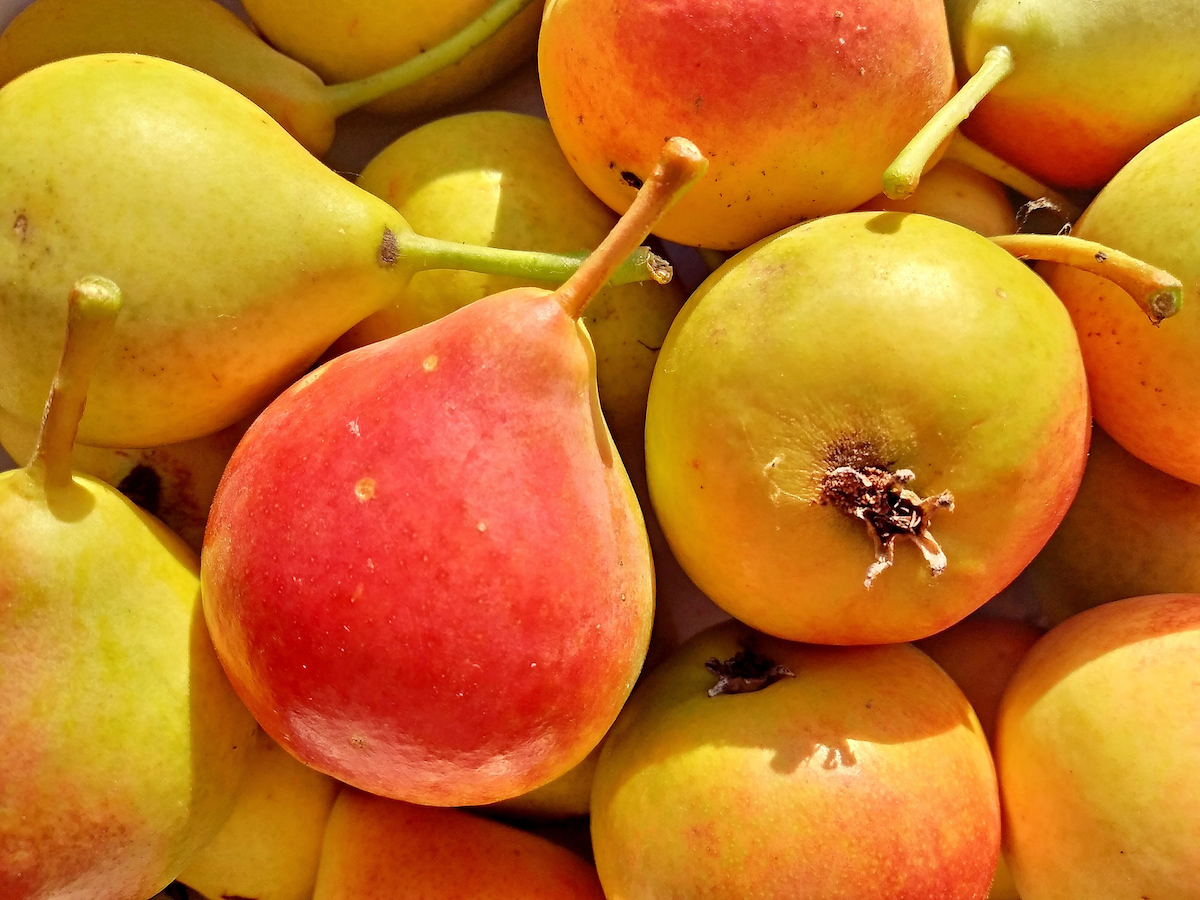
Where to Buy Shipova Trees
Now you’re wondering, where on earth do you buy shipova trees?
Here in Vermont, they’re available at East Hill Tree Farm (Plainfield) and Elmore Roots Nursery (Elmore), and probably other places as well. If you have a well-stocked local nursery with a permaculture focus, you might well find them near you.
If not, they’re available online from Burnt Ridge Nursery and Raintree Nursery by mail order.
Mountain Ash Hybrids
Sorbus is the genus for Mountain Ash Trees, which readily hybridize as I mentioned. Shipova is the pear cross, but there are a number of other sorbus hybrids worth considering.
They all produce fruit that’s slightly different, but care and planting are similar.
Sorbus Domestica
One of the oldest mountain ash hybrids, it’s not clear what fruit provided the second set of genes for this one. Perhaps it no longer exists? It’s called the Service Tree, and it’s native to Central Europe. At one time, Service Tree was quite popular, but now it’s rare and only grows in a few places.
Some say these trees live to be up to 600 years old, and there are festivals celebrating the oldest specimens in Europe.
I’ve been trying to find a source for these historic trees in the US. Unfortunately, I’ve I haven’t found any nurseries that grow them closer than the UK.
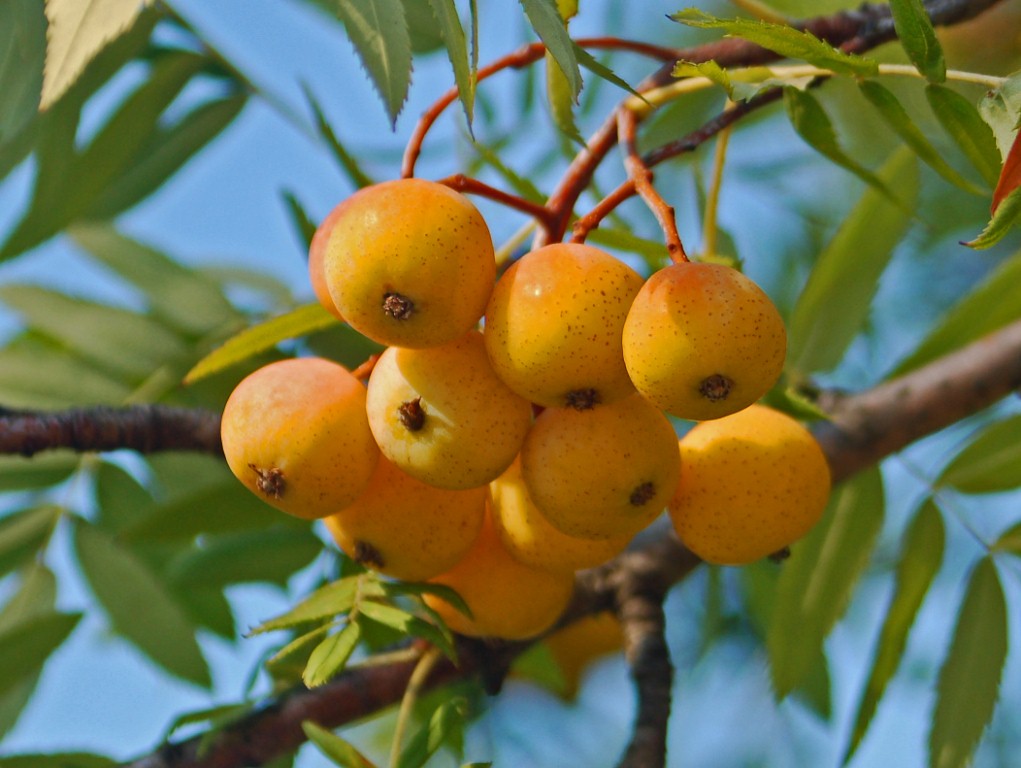
Amelasorbus Sp.
A hybrid between Aronia Berries and mountain ash. A specimen was discovered in Idaho in 1925, but it’s likely not the first one in history.
Crataegosorbus Sp.
A cross between hawthorn and mountain ash trees.
Malosorbus Sp.
Crosses between apple and mountain ash trees.
Unique Fruit Varieties
Looking for more unique fruiting plants to grow?
- 60+ Unique Fruits for Cold Climates (Zones 3-5)
- How to Grow Honeyberries
- How to Grow Nanking Cherry
- How to Grow Cornelian Cherry
- How to Grow Ground Cherry (Cape Gooseberry)
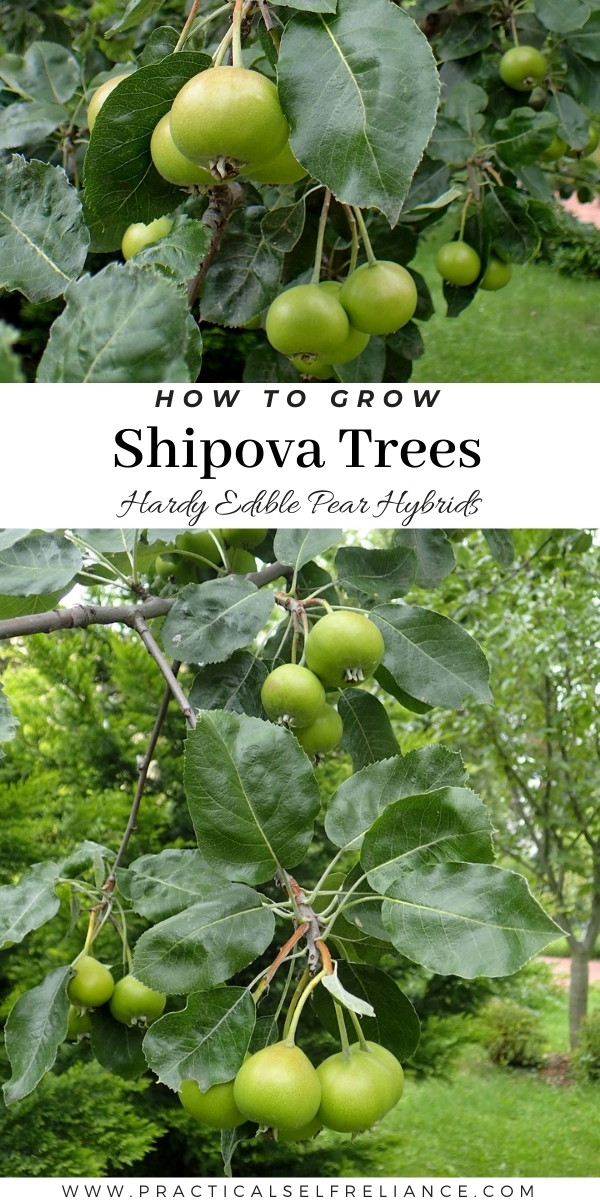
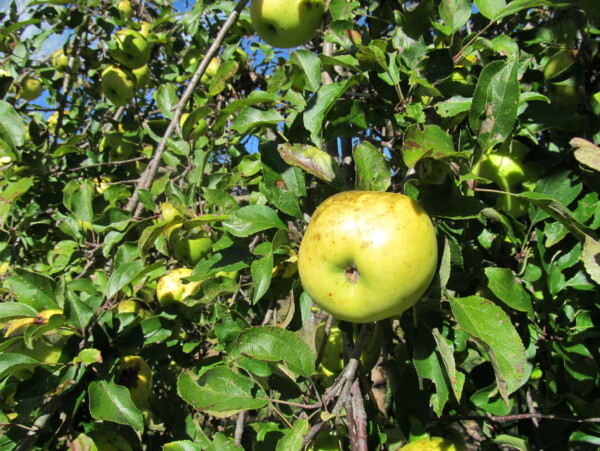













There is no Mountain Ash in the Shipova cultivar. It is a pear x whitebeam cross.
Are they deer resistant?
I have looked and can’t seem to find any information on that. I would recommending the nursery that you plan to purchase from and ask them.
I wish you had held one in your hand for reference as to size.
There are several links in the post of places where you can purchase Shipova. The description from the one at East Hill Tree Farm states that it is about 2″. Hope that helps.
Took a while, but I found some references, but most avoiding saying. 1 said they were plum sized, which means nothing. 2 inches sounds big from those references, but I did find 1 that claimed 1 1/2 inch. But thanks for answering I may try one as I am zone 4B.
You’re welcome. Let us know if you decide to give them a try.
We moved into the family cabin and have slowly been learning what is around us. Seems we have one of these trees. I thought it was a crab apple. Then when the fruits came in for the first time this year as opposed to year’s previous, we were confused and thought maybe a cherry. We figured we would wait and see what they do. This article really nails it down. So now we wait for them to turn from green hard fruits into something with color. Thanks. We will see what our harvest comes up with and we will make some preserves.
You’re welcome. So glad the post was helpful.
A nursery in Oregon, OneGreenWorld, sells pear form sorbus domestica.
I came here to say that! I love OneGreenWorld. They also have the apple form